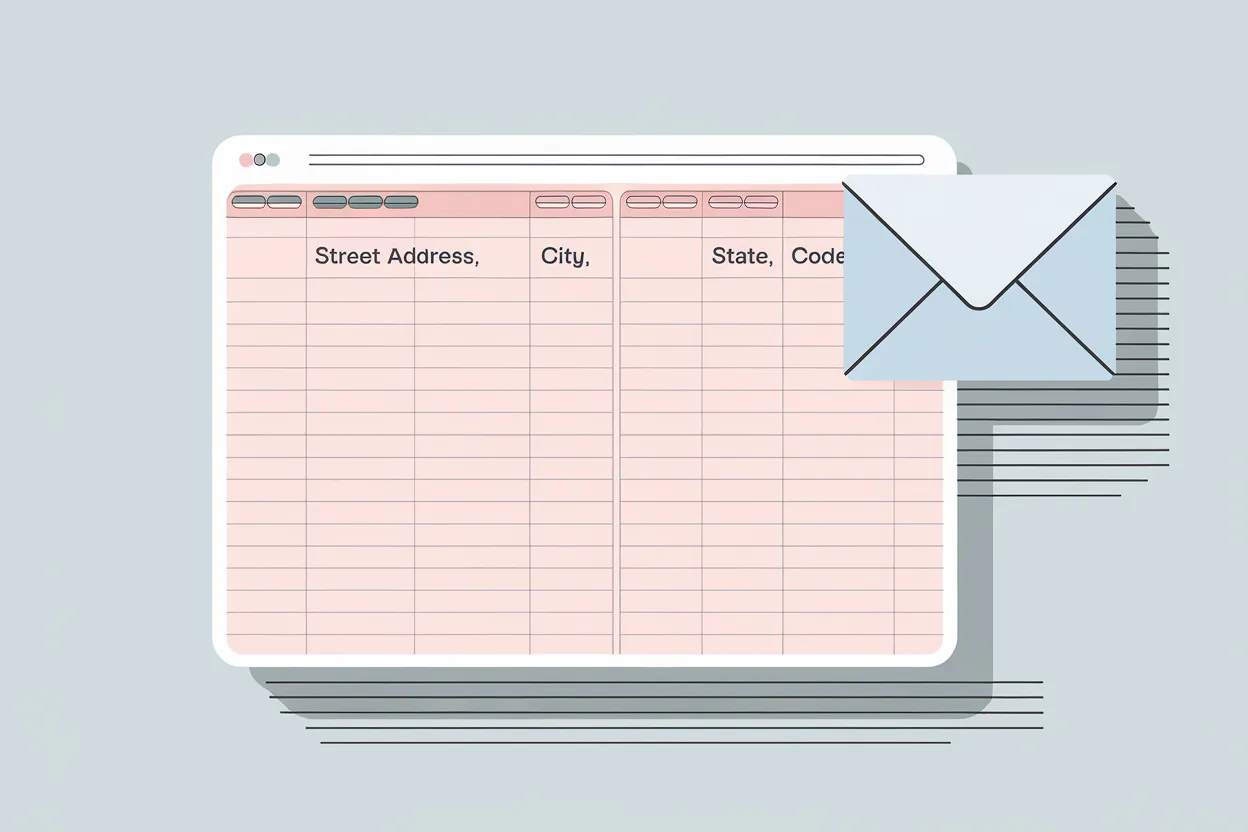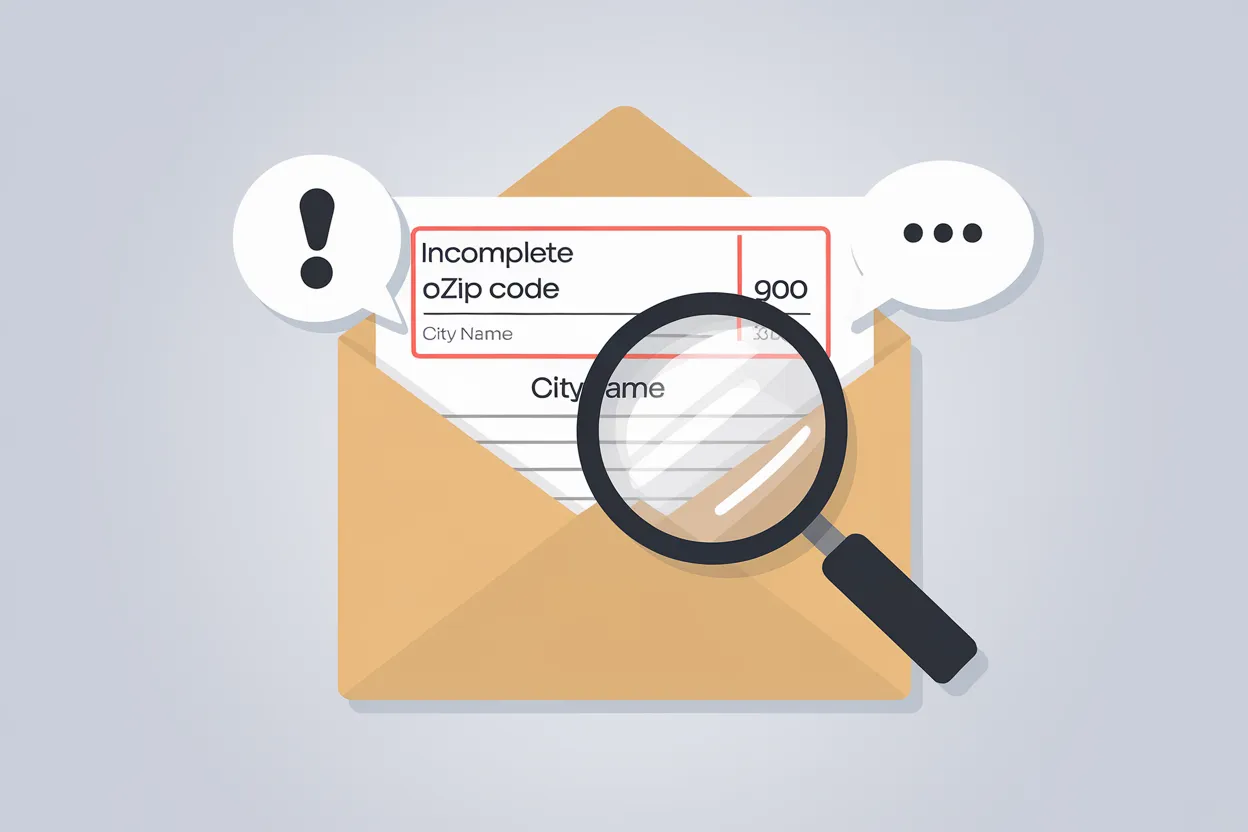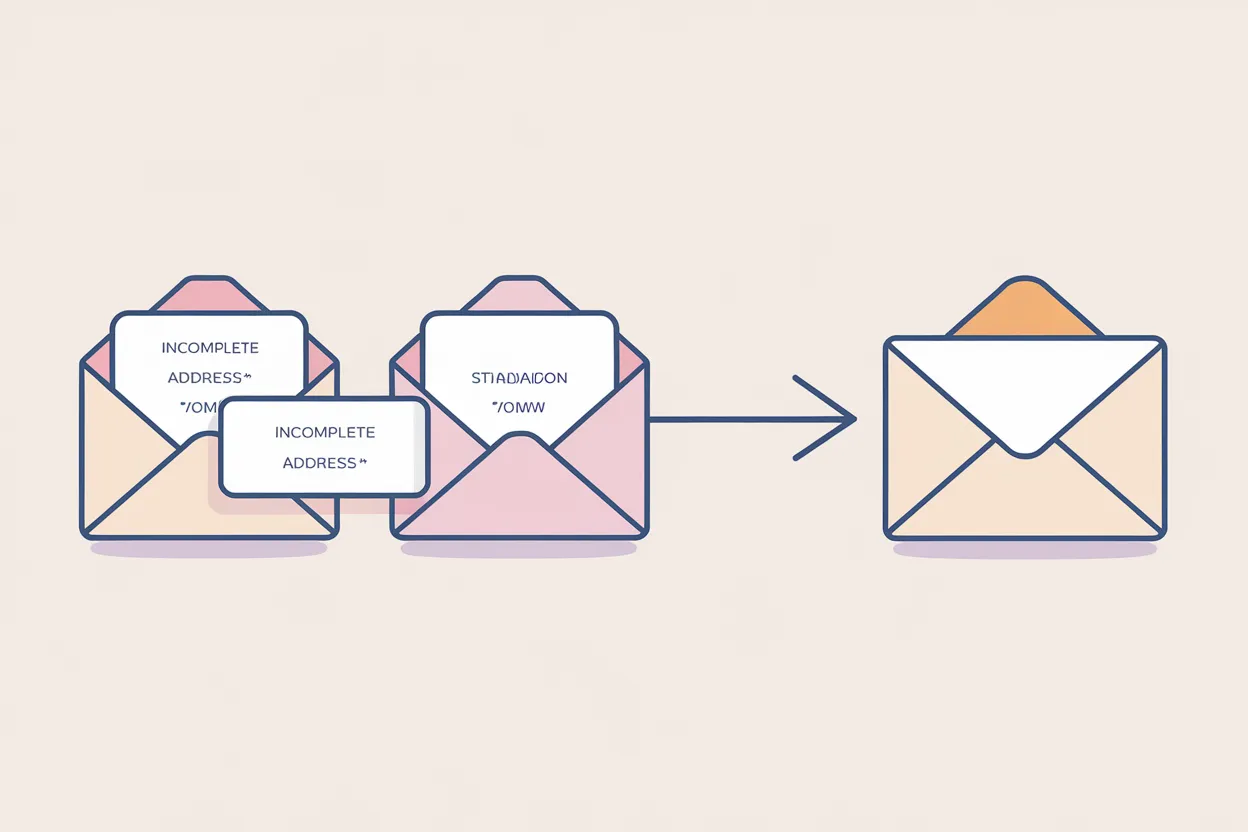Streamline Address Formatting with YesChat.ai
Effortless Address Formatting for Consistency and Accuracy
Hello! I’m here to format US residential addresses precisely and clearly.
Format this US address into spreadsheet format
Organize this residential address for me
Can you clarify this address format?
Prepare this address for a spreadsheet
relatedTools.title
YesChat.ai Free Spell Checker | Accurate & Reliable Spelling Check Tool

Free ACS Citation Generator by YesChat.ai - Instant and Accurate Citations
Free Chibi Art Generator | Create Cute Chibi Style Images with YesChat AI

Free Domain Name Generator by YesChat – Find Available Domain Names Instantly
Free Meta Description Generator | YesChat.ai
Free Country Music Generator by YesChat AI - Create Your Own Country Music
Free AI Action Figure Generator by YesChat – Create Your Own AI Toy Figure Today

Free Robots.txt Generator - Optimize SEO with YesChat.ai
Key Features of Address Formatter by YesChat.ai

Precise Address Formatting
Format and structure US residential addresses into a consistent spreadsheet-ready format, ensuring clarity in fields such as Street Address, City, State, and ZIP Code.

Error Checking and Clarification
Identify incomplete or ambiguous addresses and request additional information to ensure every field is filled accurately.

Consistency in Output
Maintain a uniform format for all addresses, simplifying data management and integration for databases, shipping, and administrative tasks.

Adaptable for Various Address Inputs
Efficiently format fully written, partially written, or mixed-format addresses into standardized conventions.
How to Use the Address Formatter by YesChat.ai
Step 1: Input the Address
Enter the US residential street address into the tool, ensuring all available details are provided.
Step 2: Format and Validate
The Address Formatter will structure the address into a consistent format and check for errors or ambiguities.
Step 3: Export the Result
Download the formatted address for easy integration into spreadsheets, databases, or shipping systems.
Who Can Benefit from the Address Formatter by YesChat.ai
E-Commerce Businesses
Ensure shipping addresses are correctly formatted to reduce delivery errors and streamline order processing.
Database Managers
Standardize address data for easy integration into systems and enhanced data analysis.
Logistics and Shipping Companies
Simplify operations by maintaining a consistent format for delivery addresses.
Small Business Owners
Save time managing customer address data with a quick and reliable formatting solution.
Feedback on the Address Formatter by YesChat.ai
The Address Formatter saved us hours of manual work. It's precise and user-friendly.
Jane Doe
E-Commerce ManagerThis tool has been a game changer for managing address data in our systems.
John Smith
Database AnalystWe’ve significantly reduced shipping errors thanks to this amazing tool.
Emily Taylor
Logistics CoordinatorAs someone with no tech experience, I found it incredibly easy to use and reliable.
Mark Thompson
Small Business Owner
Address Formatter FAQs
What is the correct format for address?
The correct format for an address depends on regional and postal standards. Generally, a complete address includes a recipient's name, street number and name, city, state or province, postal code, and country. For example, in the United States, the format would look like this: "John Doe, 123 Main St, Springfield, IL 62704, USA." Proper formatting ensures timely and accurate delivery of mail and packages. Different countries may have specific guidelines, such as Japan, where addresses are written from the most general to the most specific. Using the correct format improves communication and compliance with postal services, making it essential for businesses, e-commerce, and personal correspondence.
What is an example of a US address?
A standard example of a US address is: "Jane Smith, 456 Elm Street, Apt 2B, New York, NY 10001, USA." This format consists of the recipient's name, followed by the street address, including apartment or unit number if applicable, city, state abbreviation, and ZIP code. The country name is included for international correspondence. The USPS emphasizes accuracy in formatting to ensure proper mail sorting and delivery. For best results, avoid unnecessary punctuation and always double-check details like the ZIP code using USPS tools. Whether you're sending mail domestically or internationally, following this format ensures smooth delivery.
What is the format for giving address?
The format for giving an address depends on the context and the destination country. For formal settings, include the recipient's full name, street address, city, state, ZIP or postal code, and country. For example, in the UK, you might write: "Mr. John Doe, 789 High Street, London, W1A 1AA, United Kingdom." When writing an address for digital use, such as in forms, ensure consistency with abbreviations and standardized input. Providing an address accurately ensures effective communication, whether it’s for personal correspondence, business dealings, or e-commerce transactions. Always refer to local postal guidelines for the most precise address structure.
What is the official address pattern?
An official address pattern serves as a standardized format for writing addresses to ensure clear communication and efficient delivery. In many countries, the pattern includes a recipient's name, followed by a street address, city, region, postal code, and country. For instance, a Canadian address might look like this: "John Smith, 123 Maple Avenue, Toronto, ON M5A 2B7, Canada." These patterns are established by local postal authorities and are crucial for sorting and delivering mail effectively. Businesses, government institutions, and individuals benefit from adhering to these standards for clarity and reliability in their correspondence.
What types of addresses can the Address Formatter handle?
The Address Formatter specializes in formatting US residential street addresses.
Does the tool support international addresses?
No, the Address Formatter is designed exclusively for US residential addresses.
Can it format addresses with missing information?
Yes, it identifies incomplete addresses and requests clarification to ensure accuracy.
Is the Address Formatter free to use?
Yes, it is free to use and requires no login for access.
Can I download the formatted address data?
Yes, you can easily export the formatted data for use in spreadsheets or other systems.
Does the tool handle P.O. Box addresses?
No, the tool is designed specifically for residential street addresses, not P.O. Boxes.